How to properly store 10 fruits and vegetables
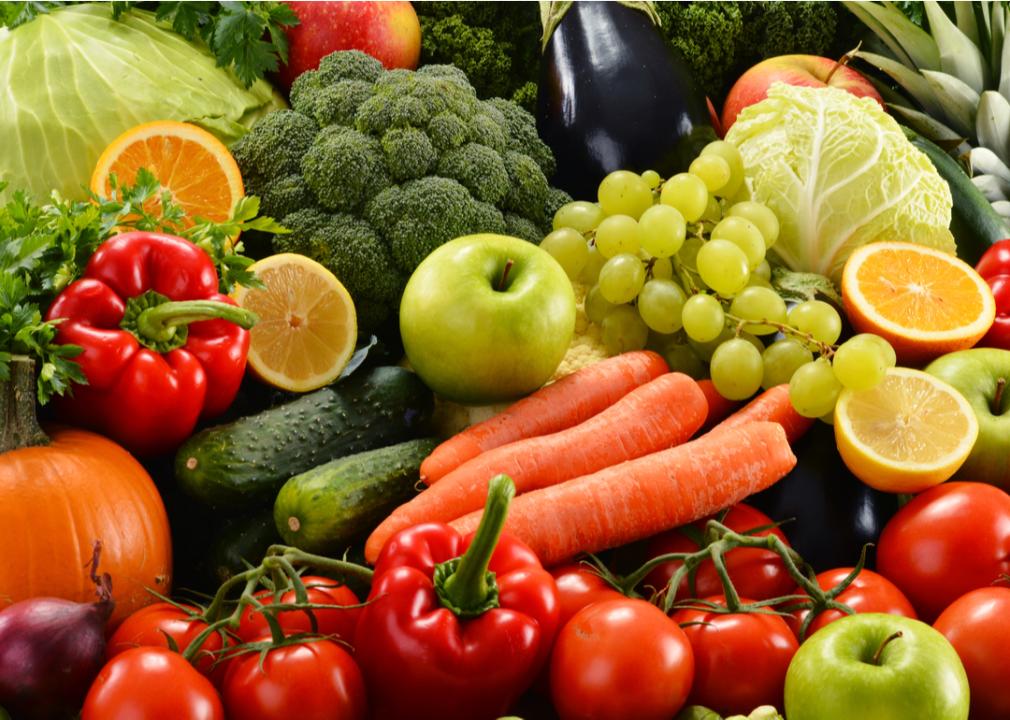
monticello // Shutterstock
How to properly store 10 fruits and vegetables
We’ve all opened the fridge to discover the shelf life of fresh produce isn’t what we expected.
Discovering the cilantro from a few days ago has turned brown before you could make salsa, or that the carrots are too floppy to roast, isn’t just an inconvenience—it also has an impact on the environment. American consumers let about 67 million tons of food go to waste each year, according to a report from the Commission for Environmental Cooperation.
Pela compiled a list of 10 tips for properly storing fruits and vegetables to extend their freshness. Tips were sourced from GRACE Communications Foundation’s FoodPrint project and farm and education center Cedar Circle, as well as a variety of news outlets and authoritative food and recipe sites.
Some of the forthcoming produce hacks just require thinking ahead, such as separating certain vegetables and fruits. Others just require a basic understanding of the tools already at your disposal, such as your fridge’s crisper drawers. Since these drawers are more humid than the rest of the refrigerator, they’re ideal for storing leafy greens and thin-skinned vegetables like asparagus.
Keep reading to learn 10 easy ways to extend the shelf life of your produce.
![]()
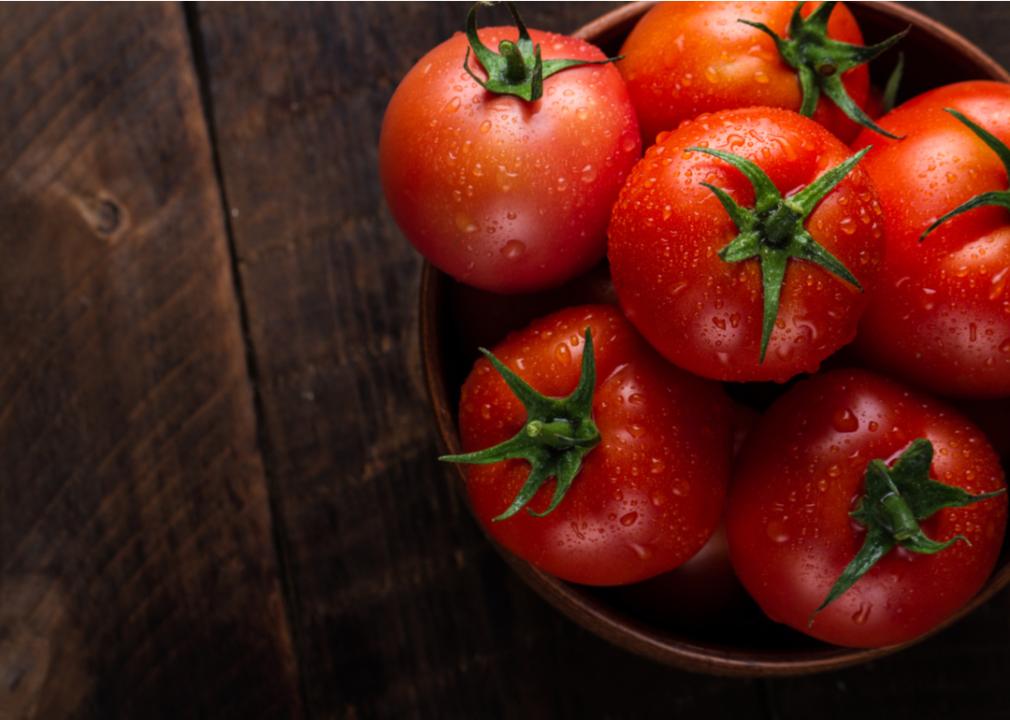
goffkein.pro // Shutterstock
Keep tomatoes out of the fridge
Anyone who’s ever had the pleasure of eating a homegrown, sun-ripened tomato fresh off the vine knows there’s a huge difference in flavor from the typical grocery store tomato. Food science has revealed exactly why store-bought tomatoes have a mealy texture and bland flavor: Temperatures below 54 degrees actually stop the fruit from creating substances that contribute to its taste. A quick trip from the farm to the grocery store is enough to diminish a tomato’s freshness if it was held in a cold storage truck.
Whether you’re growing your tomatoes in your backyard or buying them from the farmers market, storing them at room temperature results in the most vibrant flavor and juicy texture. Once tomatoes hit peak ripeness, try to eat them as soon as possible—they spoil quickly thereafter.
A Serious Eats test found that fully ripe tomatoes can be moved to the fridge to extend their lifespan with minimal effects on the flavor.
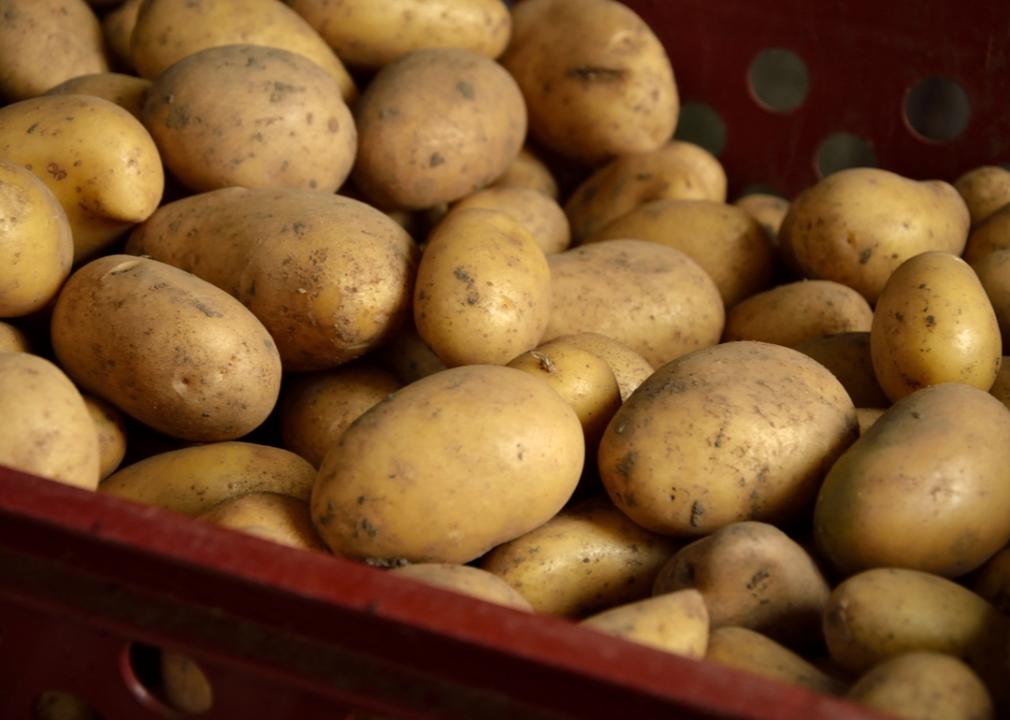
MakaCz // Shutterstock
Store potatoes separately from onions
Though potatoes and onions make perfect partners in a breakfast hash, they don’t store well together. Onions give off gasses that speed up ripening in potatoes, causing them to sprout faster.
Instead, store your potatoes in a cool, humid place, ideally between 38 and 42 degrees Fahrenheit and between 80% to 90% humidity, such as a basement or root cellar. Potatoes won’t last as long in the fridge. Either way, make sure not to rinse potatoes until you’re ready to prepare them: they last longer if they’re unwashed.
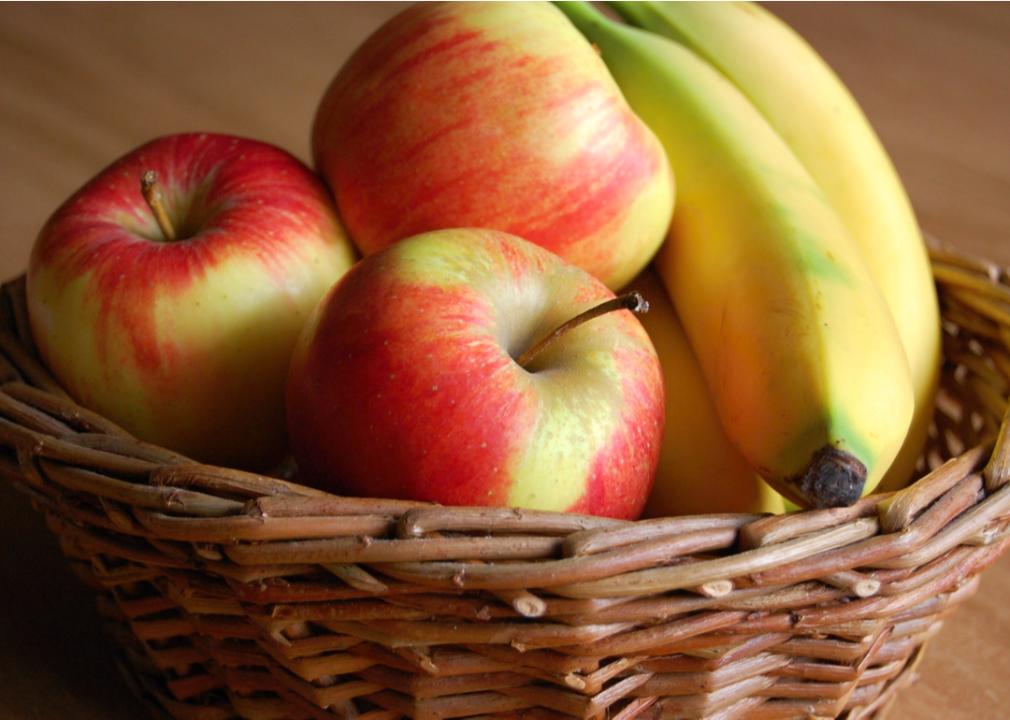
Jana Ranincova // Shutterstock
Keep apples and bananas away from vegetables
Just because you carry all your fresh produce home from the market in the same bag doesn’t mean they can all be stored together. Some fruits like apples, bananas, citrus, and tomatoes give off ethylene gas as they ripen, which can also speed up the ripening process of other vegetables stored nearby. In fact, some ethylene producers should be stored alone to avoid anything becoming unintentionally overripe.
Keep your apples, apricots, bananas, avocados, melons, mangoes, onions, pears, persimmons, tomatoes, and plantains away from each other for best results.
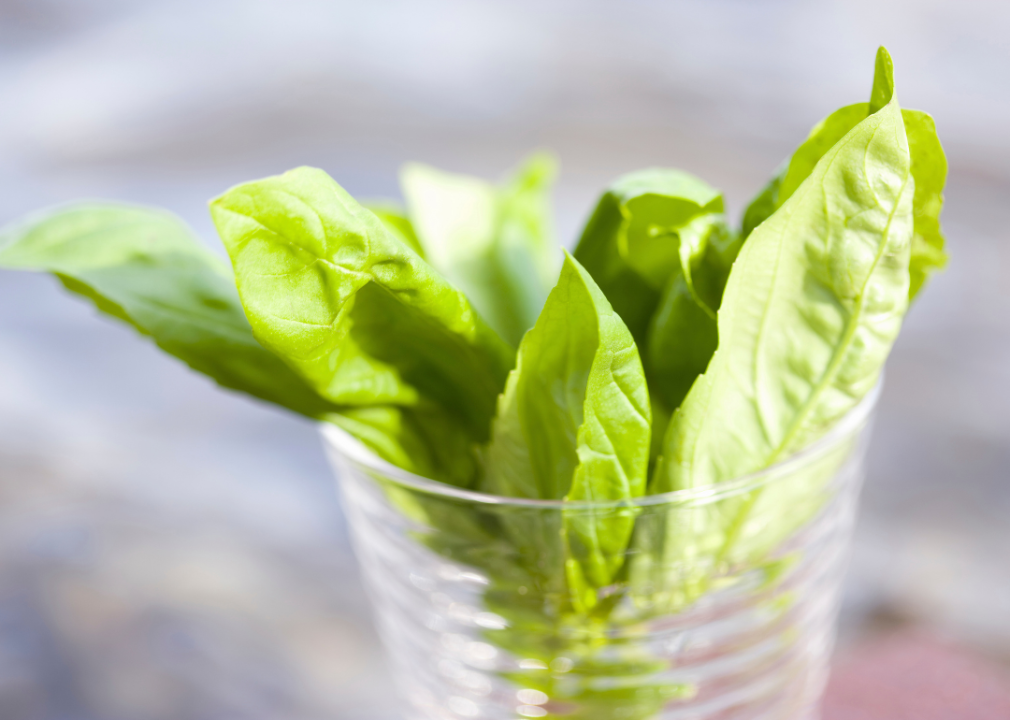
Canva
Keep basil in room-temperature water
Fresh herbs can be particularly tricky to store due to their delicate nature. Basil is a great example: You might think the fragile leaves would require some coddling in the fridge, but they’ll actually turn brown in cold temperatures. Instead, keep your bunches of basil fresh for longer in a cup of water at room temperature as you would a bouquet of flowers (trim the stems first to maximize water uptake).
If the basil came with roots intact, place the plant in a small gardening pot and backfill with a high-quality potting mix. Water the plant regularly and be sure it has access to full sunlight.
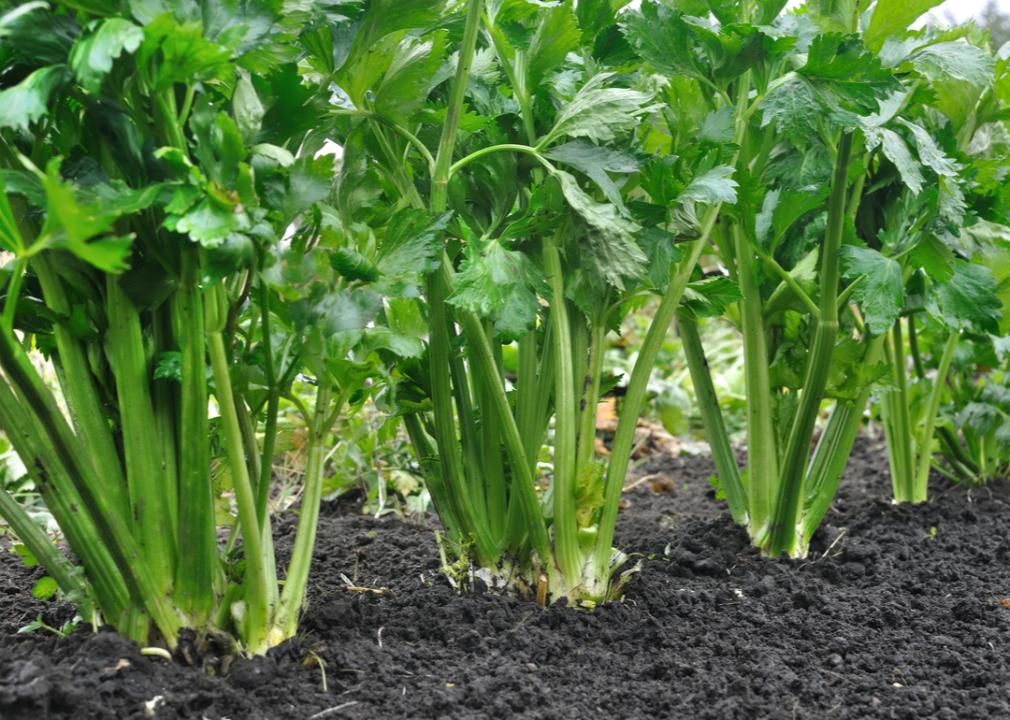
yuris // Shutterstock
Wrap celery tightly and keep in fridge
Celery is one vegetable that should never be stored at room temperature, as the stalks will quickly become limp rather than crisp.
For optimum results, wash and dry the celery, then wrap it tightly in a dry towel and store in the crisper drawer. It should remain fresh for about two weeks. If you can’t use it all up by then, try chopping it into small pieces, then freezing it. Though the celery will lose its signature crispness in the freezer, it still works in soups, stews, and any recipes requiring a mirepoix.
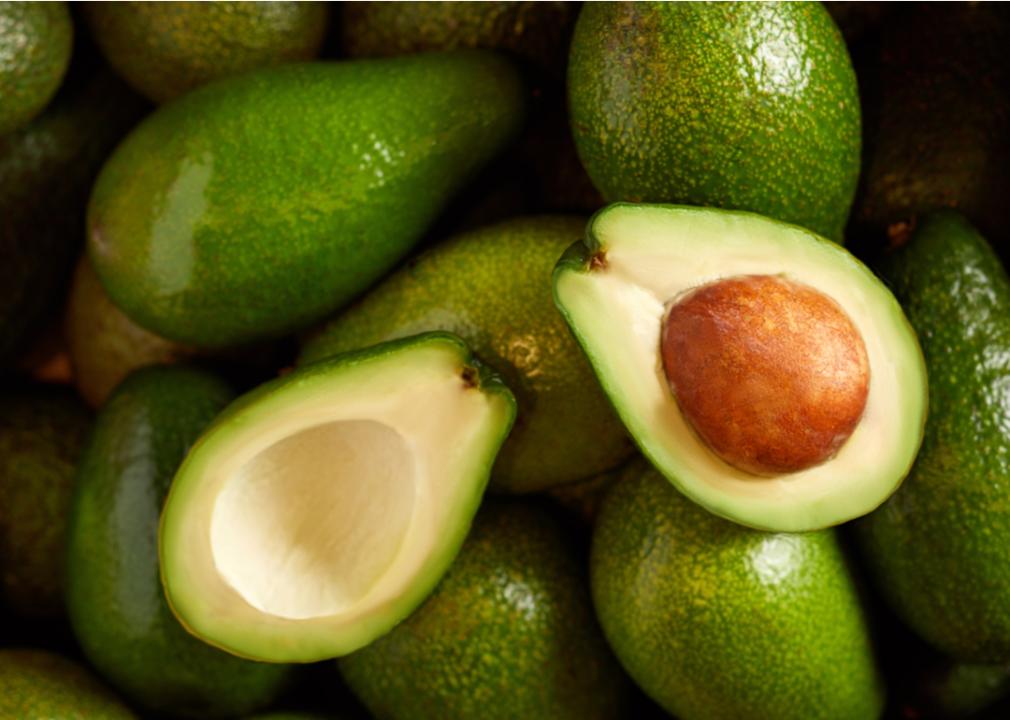
Alexander Sherstobitov // Shutterstock
Remove avocados from plastic produce bags
Even if the avocados you brought home from the grocery store seem like they’ll never get ripe, resist the temptation to leave them in plastic produce bags. Plastic traps moisture, which can cause the fruit to rot before it ever gets ripe. Instead, store avocados alone at room temperature. Like apples, avocados emit ethylene gas as they ripen—a helpful trait if you’re trying to get a rock-hard avocado ready to turn into guacamole. Simply place the avocado and apple in a paper bag for a day or two, then check to see if the avocado has softened.
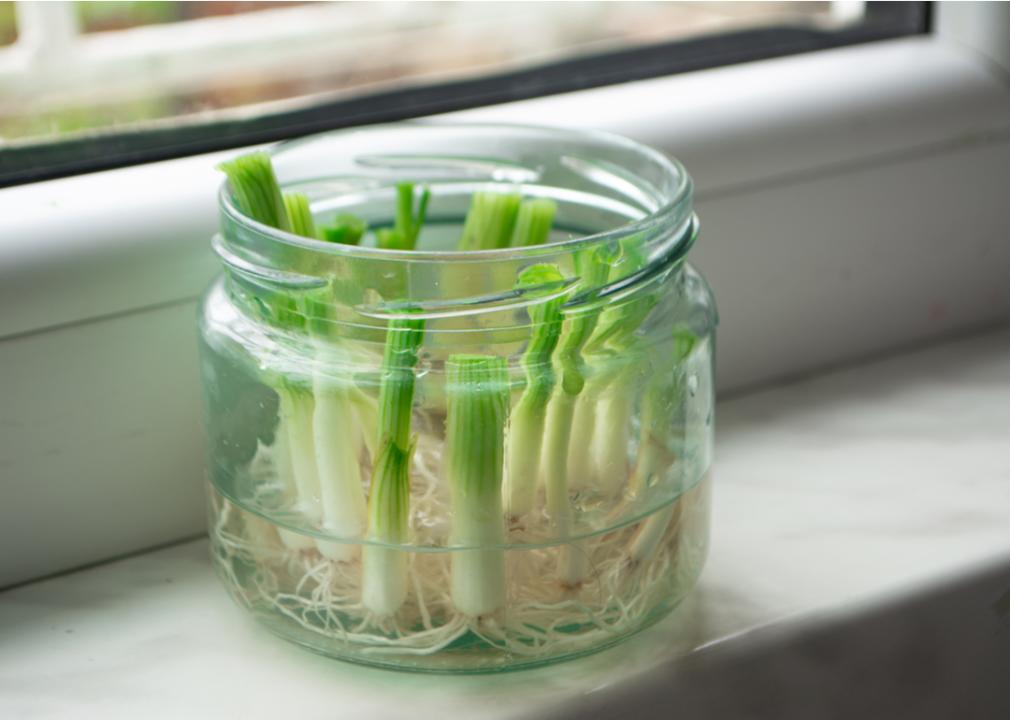
Mehriban A // Shutterstock
Store green onions in a glass of water
During the first few months of the COVID-19 pandemic in 2020, regrowing scallions, otherwise known as green onions, in a glass of water went about as viral as any home cook project can. Whether you plan on sprouting your green onions or not, they should be stored root-down in a glass of water.
You can either store scallions at room temperature in a sunny spot to keep them growing or set the cup in the fridge with a plastic bag over the top for extra humidity. The refrigerated method works equally well for asparagus, but you cannot regrow asparagus the same way green onions regrow.
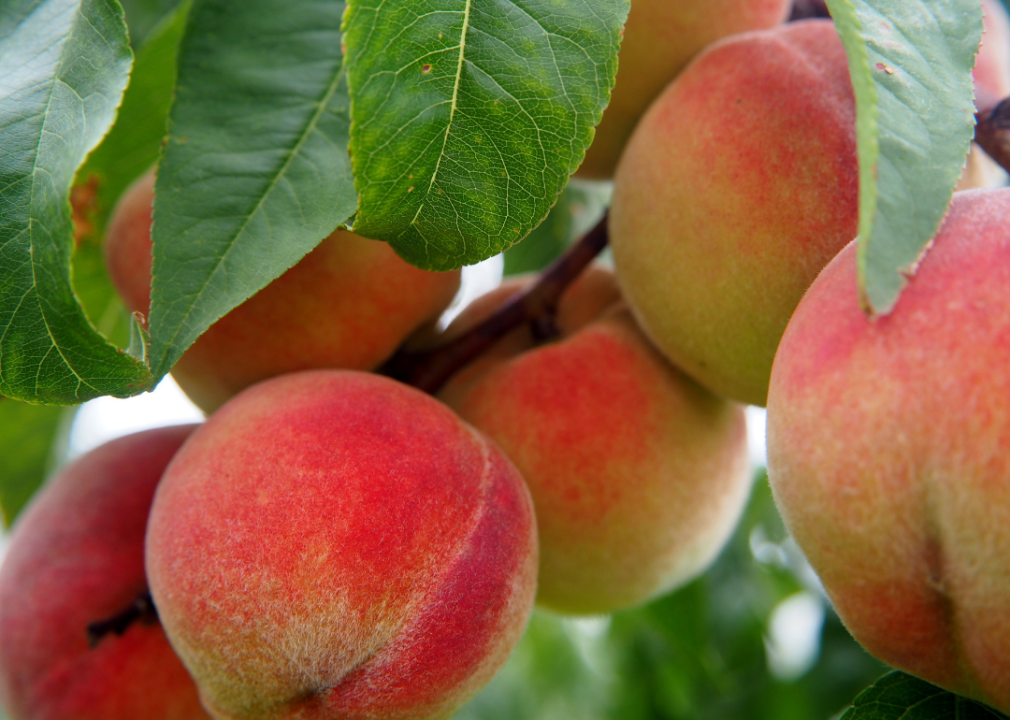
Canva
Keep peaches in the fridge once ripe
Sweet, juicy peaches are one of summer’s greatest joys. Next time you bring home a haul of this stone fruit, remember to store them at room temperature until they’re fully ripe.
To speed up the ripening process, you can use the same paper bag method that you’d use for unripe avocados. Once they’re soft and fragrant, peaches are ready to eat—but if you’re not quite ready, you can place them in the fridge in a loose bag for up to five days. Watch out for wrinkly skin: That’s a telltale sign that you’re running out of time to eat a peach before it spoils.
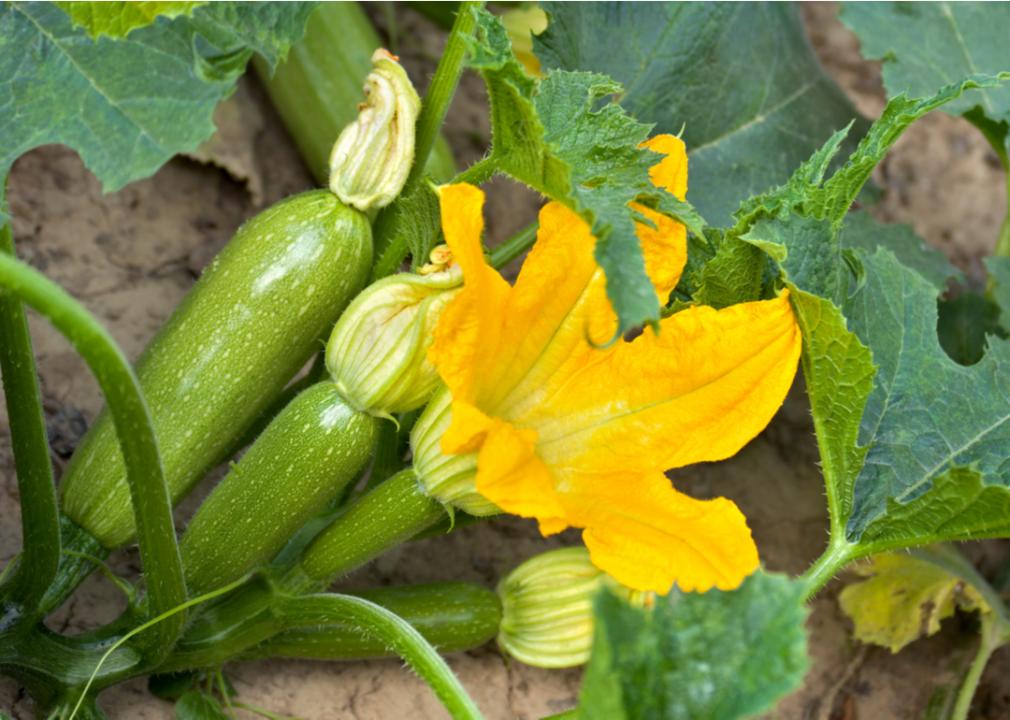
Anastasiia Malinich // Shutterstock
Keep summer squash wrapped in the crisper drawer
Summer at the farmers market often means an abundance of summer squash like zucchini. Place the unwashed zucchini in an open paper or plastic bag, then store it in the crisper drawer for one to two weeks.
If you have more squash than you can handle before it goes bad, try freezing it. Wash and slice the zucchini into rounds, then blanch it in boiling water for one minute. Drain and cool the zucchini, then keep it in the freezer for up to three months. A quicker method is to simply shred the squash and freeze it in a vacuum-sealed bag. Large quantities of the vegetable can be used later for breads, casseroles, soups, and homemade veggie burgers or pancakes.
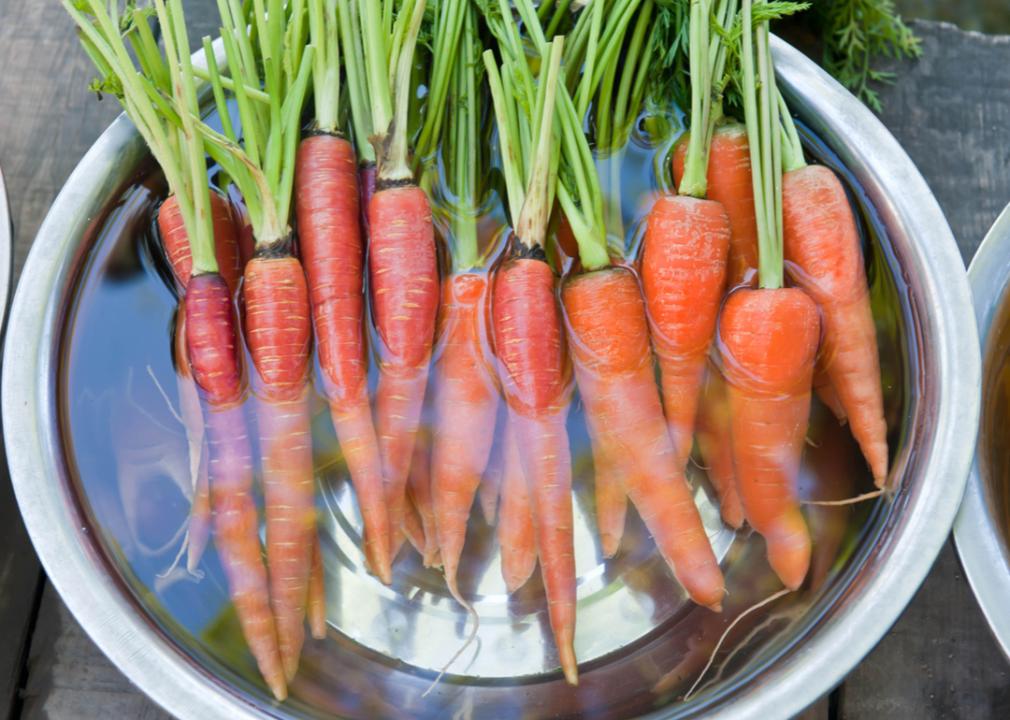
Phongsak Chartphet // Shutterstock
Store carrots in crisper or fully submerged in water
If you’re lucky enough to have a root cellar, it’s easy to store carrots: They’ll remain fresh for as long as six months. Those of us with limited space can turn to the refrigerator for an assist.
First, remove the carrot tops from the root—the tops can be wrapped in a wet paper towel and stored for use in herb-forward sauces like pestos. You can keep the carrot roots fresh for up to three weeks in the fridge by submerging them in cold water. Just remember to change the water every four days or so, once it becomes cloudy. Don’t want to fuss around with a pitcher full of water? You can also store carrots in an airtight, zip-top bag in the crisper drawer.
This story originally appeared on Pela
and was produced and distributed in partnership with Stacker Studio.
